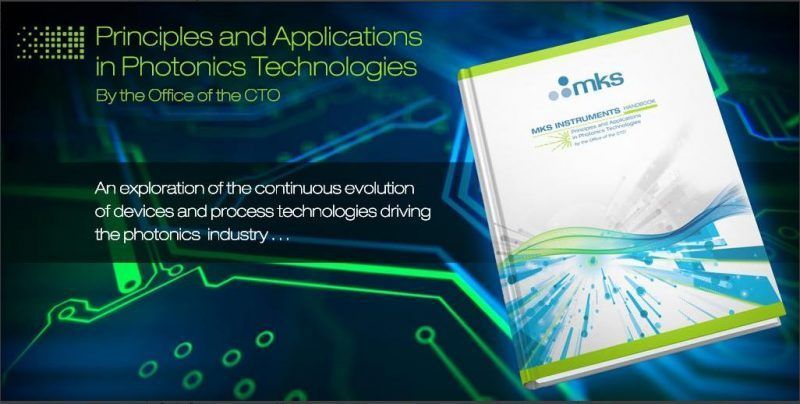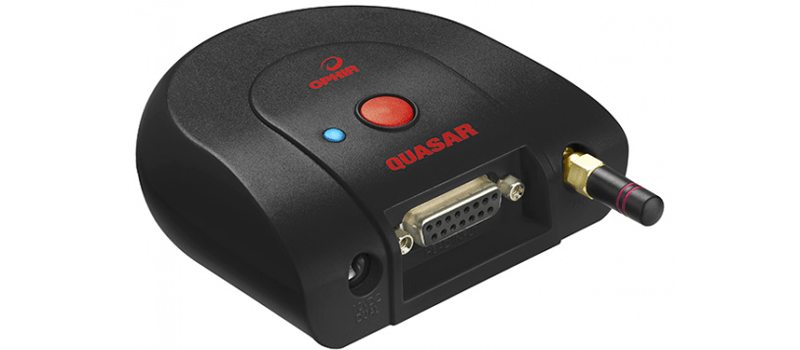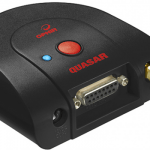In some applications laser or LED light is illuminating a certain area. In those applications it may be more practical to measure the irradiance or power density in [W/cm2] rather than to measure the power in [W].
So why not simply take a PD300 sensor, measure the power and divide by its area which is conveniently 1cm2?
This is actually not a bad idea if the light is collimated.
However, if the light is coming at angles larger than 20 degrees you run into a problem: Photodiodes are sensitive to angle of incidence. So as more light hits the sensor at larger angles, this light will register as being weaker than it really is.
PD300RM solves this problem by using a diffuser in front of the photodiode. The light passing the diffuser and hitting the photodiode is diffused in the same manner regardless of the how it reached the sensor.
Wait a minute – how is this any better? Now there is diffused light on the photodiode even if you are measuring collimated light!
The answer is in the calibration. The sensor is calibrated with collimated light which eventually ends up diffused light on the photodiode. In the measurement you might measure collimated or diffused light, which any case, will end up on the photodiode, that’s right, diffused. Because the photodiode always ‘sees’ diffused light, the sensor operates with the same sensitivity at any angle.












Leave a Reply
Your email address will not be published. Required fields are marked *